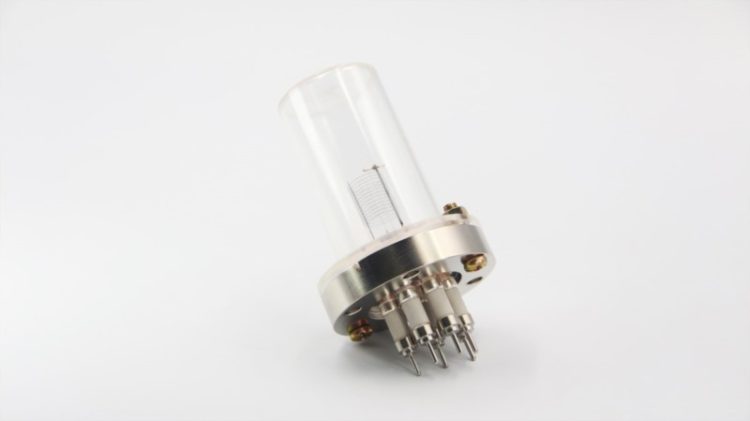Let’s talk about vacuum coating. It’s a brilliant process. You take a part, put it in a chamber, pump out the air, and then vaporize a material—let’s say, a beautiful, high-performance ceramic. That vapor floats across the empty space and settles on your part, forming a thin, perfect film.
Sounds simple, right? But here’s the catch. The secret isn’t just in the vapor. It’s in the nothingness.
That’s where your High Vacuum Ionization Gauge comes in. Think of it as the most critical watchman you have. It doesn’t make the coating; it makes the coating possible.
Why “Nothing” is Everything in Thin Films
Imagine trying to paint a perfect, smooth line in a dust storm. Impossible. The dust particles would ruin your work. Now, translate that to the atomic level. Inside your coating chamber, any stray gas molecules are like that dust. They crash into your vapor stream. They contaminate the surface. The result? A weak, hazy, and unreliable coating.

You need a seriously clean environment. A high vacuum environment.
But how do you measure “nothing”? You can’t use a regular ruler. This is the precise job of the High Vacuum Ionization Gauge. It’s our only window into that world of near-nothingness. It tells us, with absolute precision, just how clean our vacuum truly is.
How This Silent Partner Works For You
The principle is clever. Inside that gauge, a tiny filament heats up and emits electrons. These electrons zoom through the vacuum and crash into any remaining gas molecules. When they hit, they knock off an electron, creating a positive ion.
Here’s the key: the number of ions created is directly proportional to the number of gas molecules present. Fewer molecules? Fewer ions. We measure that tiny ion current. And from that, we get our pressure reading.
It’s a brilliant piece of indirect measurement. We can’t see the molecules, but we can see the trail they leave behind.
The Bottom Line: Why You Can’t Compromise
So, what happens if you skip this? If you try to coat without a reliable High Vacuum Ionization Gauge?
You fly blind.
You might start depositing your expensive coating material too early, when the vacuum is still “dirty.” The film will be flawed from the start. It might have poor adhesion. It could be optically cloudy. Its electrical properties could be all wrong.
In short: you waste time, you waste material, and you scrap expensive parts.
Your High Vacuum Ionization Gauge is your green light. It’s the signal that says, “The coast is clear. The environment is perfect. You may now begin depositing a flawless film.”
For anyone in optical coating, semiconductor work, or creating wear-resistant surfaces—this gauge isn’t just another instrument. It’s the foundation of your quality control. It’s the difference between a high-performance product and a costly failure.
Don’t just build a vacuum. Build a known, controlled vacuum. Your coating quality depends on it.